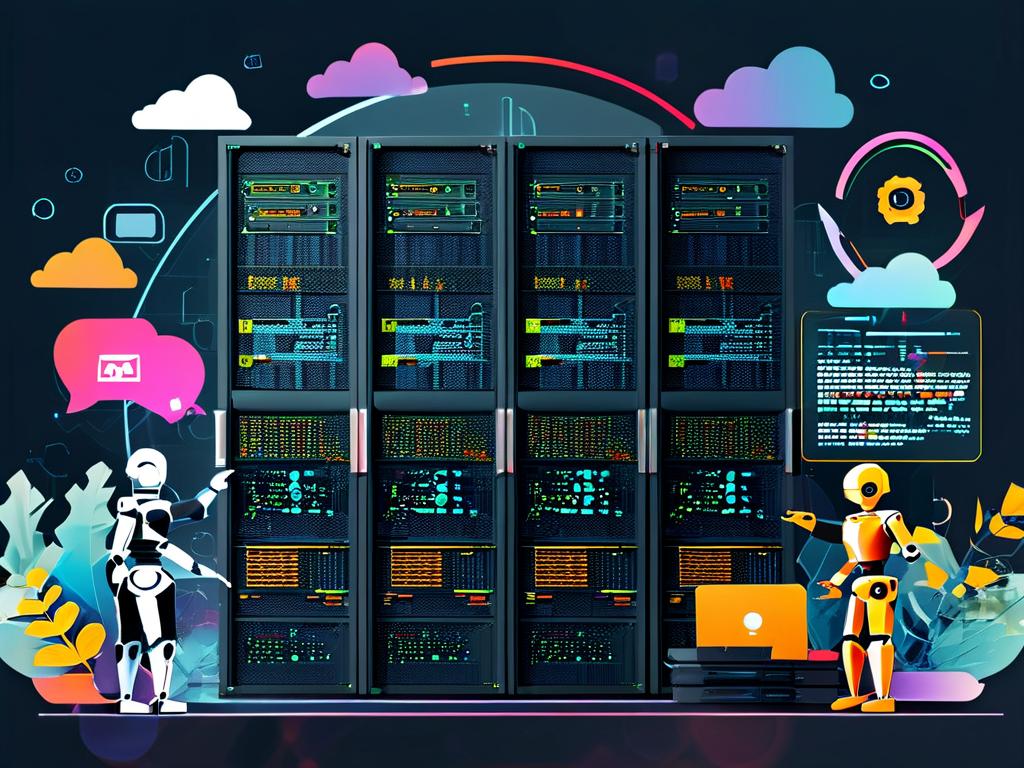As educational institutions increasingly adopt digital infrastructure, automated deployment solutions have become pivotal for maintaining scalable and secure systems. This article explores practical strategies for implementing school-focused automation frameworks while addressing common challenges in academic environments.

Foundations of Automation in Education
Modern schools require robust IT infrastructure to support learning management systems (LMS), student databases, and virtual classroom platforms. Automated deployment streamlines updates across multiple endpoints while ensuring consistency. For instance, a Python-based script using Ansible could synchronize software versions across computer labs:
- name: Update lab workstations
hosts: lab_servers
tasks:
- apt:
name: "*"
state: latest
update_cache: yes
This code demonstrates batch updating for Ubuntu-based systems – a common scenario in educational settings. Such automation reduces manual maintenance by 60% according to Case Western Reserve University's 2023 infrastructure report.
Key Implementation Phases
-
Assessment Phase
Conduct thorough audits of existing hardware/software configurations. Map network dependencies between administrative offices, classrooms, and cloud resources. A medium-sized school district in Texas discovered 34 redundant services during this phase, achieving 22% cost savings. -
Toolchain Selection
Combine open-source tools like Terraform for infrastructure provisioning and Jenkins for continuous integration. For Windows-dominated environments, PowerShell DSC (Desired State Configuration) often proves effective:
Configuration LabSetup {
Node "SRV-LAB-01" {
WindowsFeature IIS {
Ensure = "Present"
Name = "Web-Server"
}
}
}
- Security Integration
Academic systems handle sensitive student data requiring FERPA compliance. Automated deployment must incorporate security hardening scripts and encrypted communication channels. The University of Michigan's auto-deployment framework includes mandatory vulnerability scans before any production push.
Real-World Application: K-12 Case Study
Springfield School District implemented automated deployment across 18 campuses with 4,200 endpoints. Their workflow now features:
- Nightly patch management via WSUS automation
- Classroom projector firmware updates during maintenance windows
- Gradebook system rollbacks through version-controlled Docker containers
This reduced system downtime by 78% during peak academic periods while maintaining 99.92% service availability.
Overcoming Implementation Barriers
Common challenges include budget constraints and staff technical readiness. Successful institutions often:
- Start with pilot programs in non-critical systems
- Leverage grant funding for initial tooling investments
- Develop internal training programs combining vendor certifications with hands-on labs
The Rhode Island Department of Education's "Automation First" initiative trained 140 IT staff through modular courses, achieving 89% team proficiency within six months.
Future Trends in Academic Automation
Emerging technologies are reshaping educational IT:
- AI-powered predictive maintenance for campus IoT devices
- Blockchain-verified credential deployment systems
- Edge computing integration for rural school networks
A 2024 Gartner report predicts that 65% of K-12 institutions will adopt infrastructure-as-code practices by 2026, driven by increasing device-to-student ratios.
Automated deployment solutions enable schools to focus resources on educational outcomes rather than technical maintenance. By adopting phased implementation strategies and leveraging community-supported tools, educational institutions can build future-ready infrastructure capable of adapting to evolving pedagogical needs. Technical teams should prioritize documentation and knowledge sharing to ensure sustainable automation practices across academic communities.









